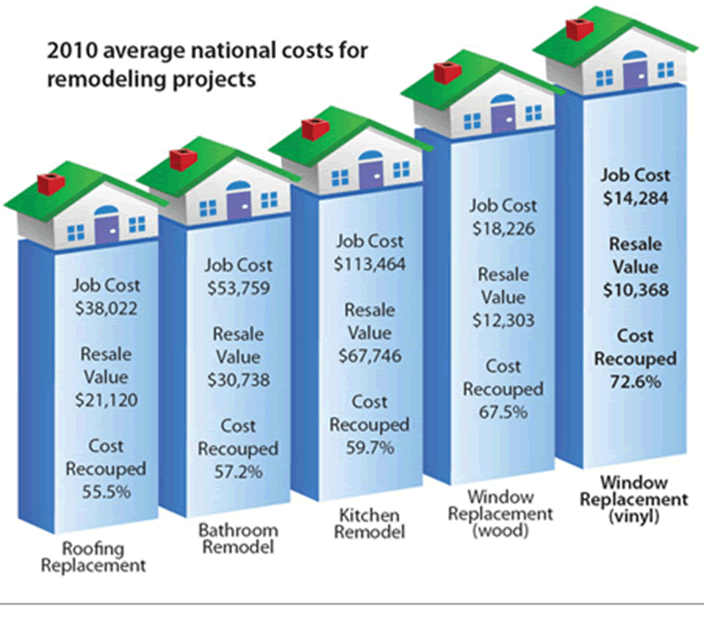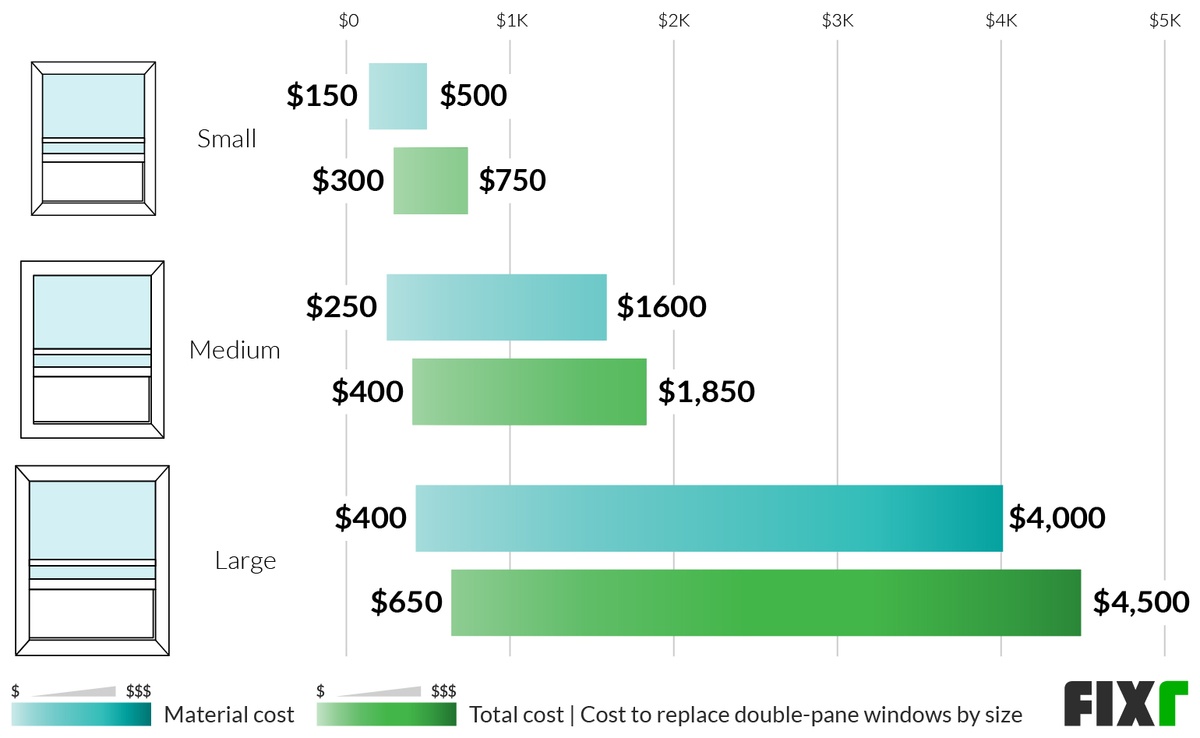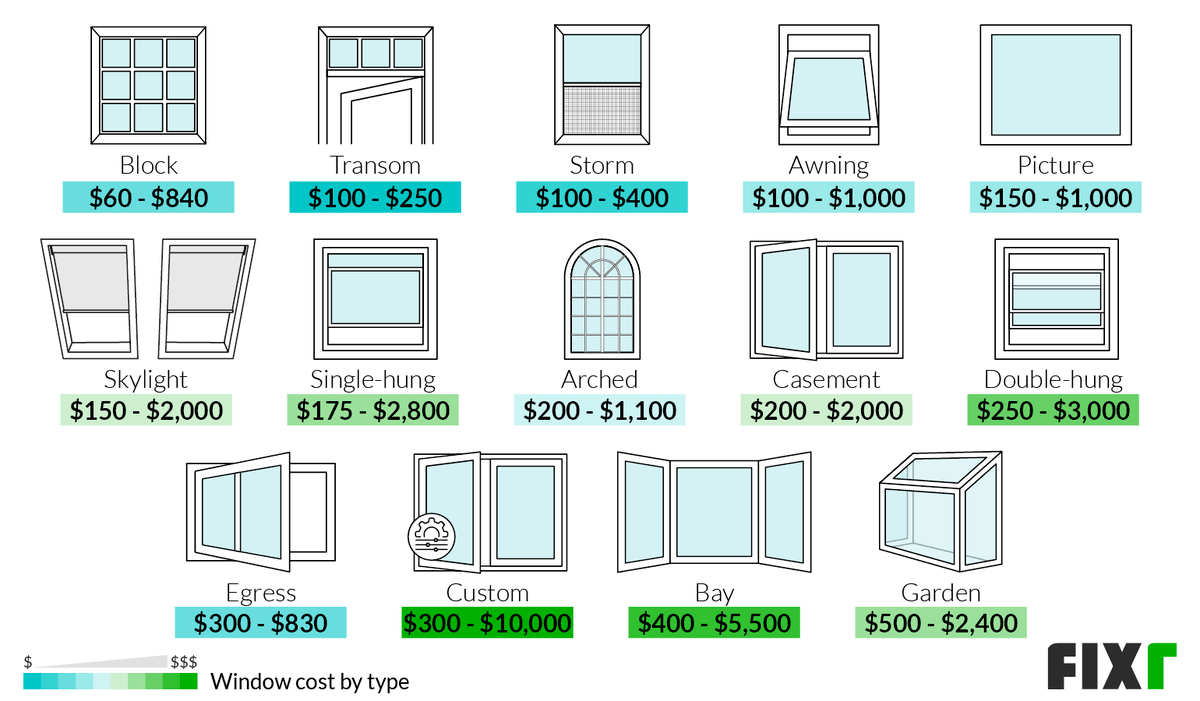Kicking off with average cost of new windows installed, this comprehensive guide delves into the various factors affecting pricing, regional differences, additional services, and cost-effective tips to consider. Whether you’re looking to upgrade your windows or install new ones, this detailed overview will help you navigate the costs involved.
Factors Affecting the Average Cost of New Windows Installed
When it comes to the average cost of new windows installed, several factors play a crucial role in determining the final price. Let’s explore the key elements that impact the overall cost of window installation.
Materials Used in Window Installation
The materials used in window installation can significantly affect the total cost. Common materials include vinyl, wood, aluminum, and fiberglass. Vinyl windows are typically more affordable compared to wood or fiberglass options. However, wood windows offer a more luxurious look but come at a higher price point.
Aluminum windows are known for their durability but may not be as energy-efficient as other materials.
Size and Type of Windows
The size and type of windows also play a vital role in determining the cost of installation. Larger windows require more materials and labor, leading to higher installation costs. Additionally, specialty windows like bay windows or custom shapes may come at a premium price due to their unique design and installation requirements.
Role of Energy Efficiency Ratings
Energy efficiency ratings, such as the U-factor and Solar Heat Gain Coefficient (SHGC), can impact the cost of new windows. Windows with higher energy efficiency ratings tend to be more expensive upfront but can result in long-term savings on energy bills.
Investing in energy-efficient windows may increase the initial cost but provide significant benefits in terms of comfort and energy savings over time.
Cost Differences Between Window Frame Materials
The choice of window frame material can also affect the overall cost of installation. Vinyl frames are usually the most cost-effective option, while wood frames tend to be more expensive due to their higher quality and customization options. Aluminum frames fall somewhere in between, offering durability at a moderate price point.
Fiberglass frames, although less common, provide a balance of strength and energy efficiency but may come with a higher price tag.
Regional Variances in the Average Cost of New Windows Installed

When it comes to the average cost of new windows installed, regional variations play a significant role in determining the final price. Factors such as labor costs, climate conditions, and the difference between urban and rural areas can all impact the overall cost of window installation.
Impact of Labor Costs, Average cost of new windows installed
Labor costs vary from region to region, affecting the overall price of window installation. Areas with higher labor costs will naturally have higher average costs for new windows installed. This is due to the skilled labor required for proper installation.
Climate Conditions and Window Installation Costs
Climate conditions can also influence the cost of new windows installed. For instance, regions prone to extreme weather conditions may require specialized windows that can withstand these challenges. These specialized windows tend to be more expensive, thus increasing the overall cost of installation.
Urban vs Rural Areas
The average cost of new windows installed can differ between urban and rural areas. Urban areas typically have higher labor costs, stricter building codes, and more competition among window installation companies, leading to higher prices. On the other hand, rural areas may have lower labor costs and fewer regulations, resulting in lower average costs for window installation.
Additional Services and Customizations That Affect the Cost of New Windows
When it comes to the cost of new windows, additional services and customizations can significantly impact the overall price. From trim work to hardware upgrades, these extra features can add up quickly, so it’s essential to understand how they affect the total cost.
Trim Work and Window Tinting
Trim work, such as casing or molding around the window, can add a finishing touch to the installation but also increase the cost. Similarly, window tinting for privacy or energy efficiency can be an additional expense that needs to be factored in.
Custom Window Designs or Shapes
Opting for custom window designs or shapes can elevate the aesthetic appeal of your home but usually come at a premium price. Whether you choose arched windows, bay windows, or uniquely shaped windows, expect to pay more for these customized options.
Hardware Upgrades and Security Features
Upgrading the hardware on your windows, such as handles, locks, or hinges, can enhance both the functionality and security of your windows. However, these upgrades often come with a higher price tag. Adding security features like reinforced glass or impact-resistant coatings can further increase the cost.
Window Treatments or Coverings
Window treatments or coverings, such as blinds, curtains, or shades, are not typically included in the installation of new windows but are essential for privacy and light control. The cost of these items can vary depending on the quality and style you choose, impacting the overall cost of your window project.
Tips for Cost-Effective Window Installation

When looking to install new windows without breaking the bank, there are several strategies you can employ to ensure cost-effectiveness without compromising on quality.
Bundling Multiple Window Installations for Cost Savings
One effective way to reduce costs is to bundle multiple window installations together. Many companies offer discounts for larger projects, making it more cost-effective to replace several windows at once rather than individually.
Choosing Cost-Effective Yet Durable Window Materials
Opting for cost-effective yet durable window materials can help you save money in the long run. Look for materials like vinyl or fiberglass, which are not only affordable but also offer great durability and energy efficiency.
Importance of Proper Insulation for Energy Efficiency
Proper insulation is crucial for energy efficiency and cost savings. Well-insulated windows can help reduce heating and cooling costs by maintaining a consistent indoor temperature, ultimately saving you money on energy bills.
Outcome Summary

In conclusion, understanding the average cost of new windows installed is crucial for making informed decisions when it comes to home improvement projects. By considering the factors discussed and implementing cost-effective strategies, you can achieve the desired results within your budget.
Quick FAQs
What materials are commonly used in window installation?
Materials like vinyl, wood, aluminum, and fiberglass are commonly used in window installation, each with its own cost implications.
How do labor costs vary between urban and rural areas?
Labor costs tend to be higher in urban areas compared to rural areas due to factors like demand, cost of living, and competition.
What are some cost-effective strategies for window installation?
Bundling multiple window installations, choosing durable yet affordable materials, and ensuring proper insulation are effective ways to reduce costs.